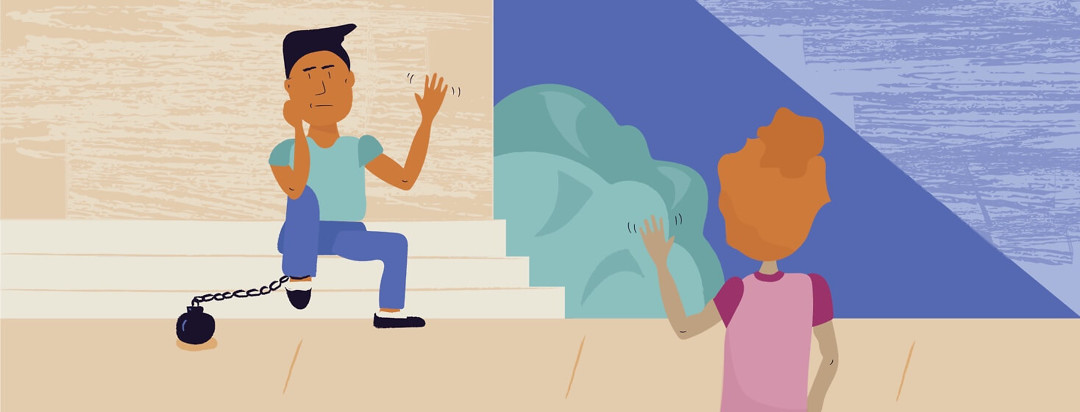The Invisibility of Pain
Pain can be classified as an “invisible” symptom. Unlike a broken arm in a cast or a bleeding wound, pain cannot be immediately seen. Because of this, it’s possible for an individual to live their life day-to-day in severe pain, without anyone else realizing it.
Pain and Stigma
Pain is a symptom that can carry along with it a fair amount of stigma. This leads some individuals to not want to disclose that they are in pain at all. Since others cannot visibly judge an individual’s pain level just by looking at them, pain can often be misunderstood. These misunderstandings may lead to a variety of stereotypes or perceptions being cast onto someone who is battling chronic pain. These judgments can come from friends, family members, employers, or even healthcare providers.1,2
What does stigma look like?
In some cases, the stigma around chronic pain may take the form of being labeled as weak or as a complainer. In other cases, a judgment may be made that someone in pain is lying about how bad their pain really is to get attention or time off from work. Sometimes, especially in our current opioid-crisis era, this stigma may come in the form of being labeled as a drug-seeker who is in little or no pain at all, and just wants to fuel an addiction. In many instances, there can be multiple layers of stigma happening all at once.1,2 Navigating this lack of belief and support can be challenging and isolating for those with chronic pain.
Coping with an invisible ailment
Coping with an invisible ailment and the stigma that often accompanies it can be a long-term and difficult process. Management of invisible symptoms or conditions, including chronic pain, may be improved by some of the following:
Finding those who provide positive support: Although there are some individuals who purposefully judge someone that says they are in pain, there are many others who don’t. It may be a challenge to determine who the unconditional supporters in your life are, however, they are out there. If you are finding that no one in your environment is providing you with the support you need and deserve, consider finding a support group in your area (or online) with others who are in a similar situation as you. Being surrounded by others who understand first-hand what you’re going through may provide the boost you need to keep moving forward.Trusting your body and mind: Don’t forget that the pain you are feeling and perceiving is valid. If your body and mind are telling you that something is wrong or that you are in pain, trust them. Even if others question if what you’re feeling is really present or as serious as you think it is, trust yourself and your personal experiences. You know your body best, and what it’s telling you.Participating in things that make you happy: Stigma and pain can both take their toll on mental, emotional, and physical health.3 Finding hobbies or activities that bring you joy may help ward off the negative impacts of life with chronic pain. Activities do not have to be strenuous or physical, and can instead be watching a favorite movie or playing a game.Partnering with the right healthcare provider: At some point during your battle with chronic pain, you may find yourself in the care of a professional who is not providing you with the support and consideration you deserve. If you feel as though you have a provider who doesn’t make you or your experiences feel valued, it may be a good idea to get a second opinion or a new provider, if possible.
Join the conversation